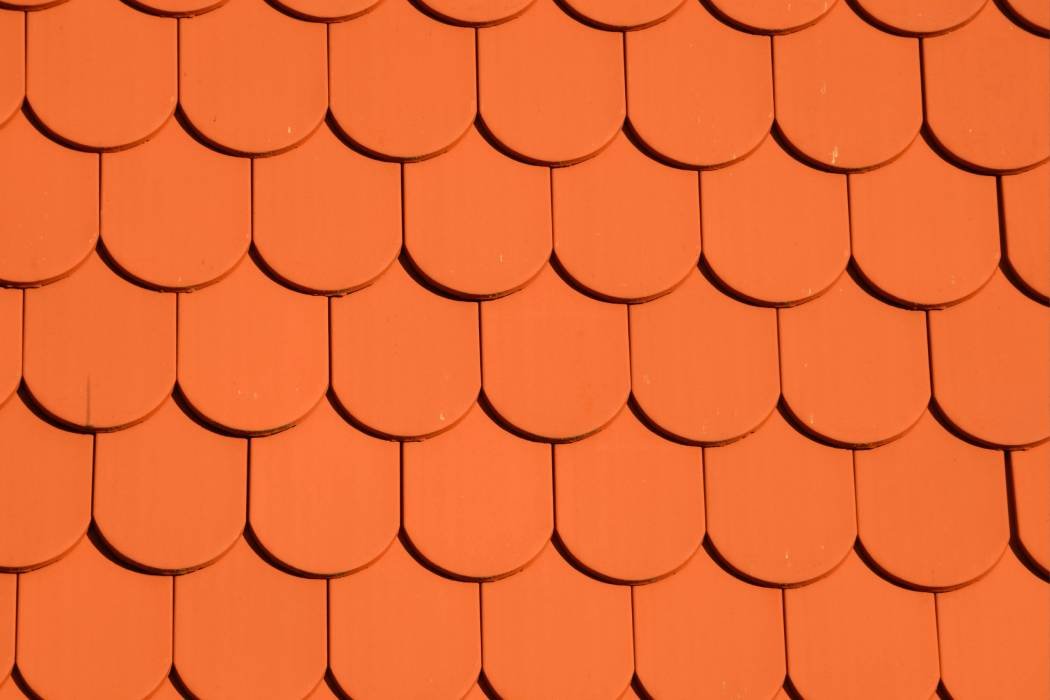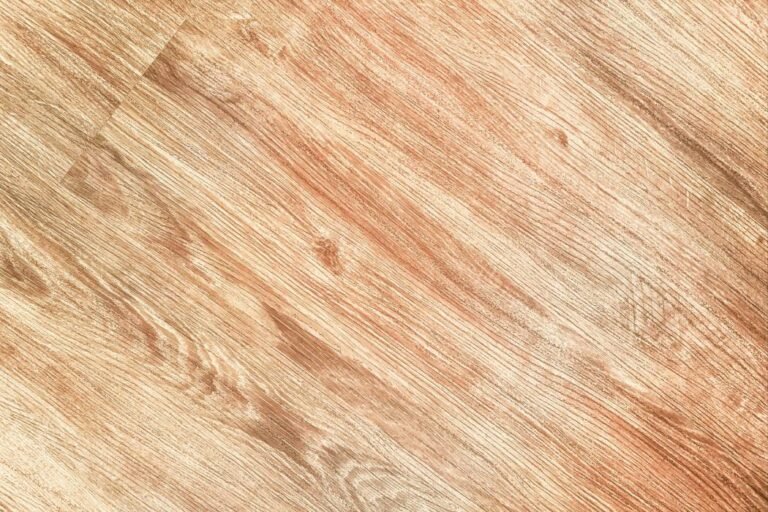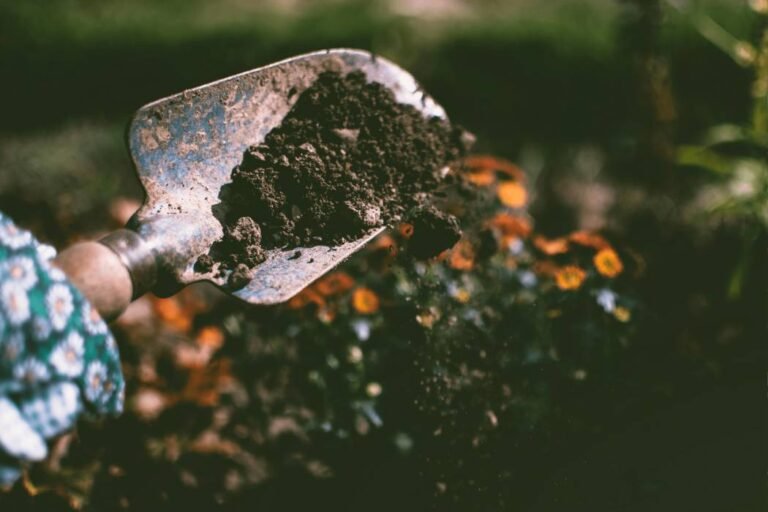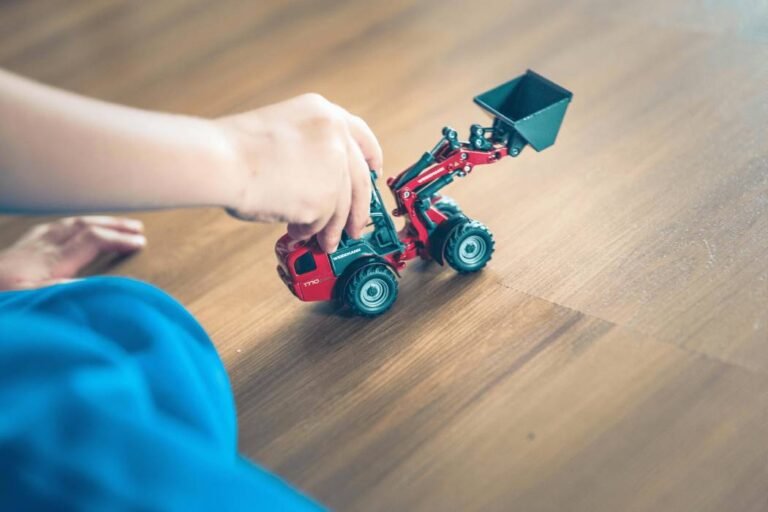Your roof plays a crucial role in protecting your home from rain, snow, wind, and sunlight. Even the toughest roofs can develop problems over time, and if you don’t address these issues quickly, they can lead to costly repairs. Here’s a guide to common roofing problems and how to fix them, so you can keep your roof in good shape and avoid bigger issues.
1. Overhanging Tree Limbs
Trees can enhance the beauty of your property, but if their branches are too close to your roof, they can cause problems. Overhanging branches can scratch and damage your shingles, leading to leaks. Leaves and debris from these branches can clog gutters and cause water to back up, damaging the roof.
To prevent these issues, trim tree branches regularly to keep them away from your roof. After a storm, check for any branches that may have fallen and inspect your roof for damage. If you’re unsure about how to trim trees safely, consult a professional.
2. Clogged or Damaged Gutters
Gutters are designed to direct water off your roof and away from your home’s foundation. When gutters get clogged with leaves, dirt, or other debris, water can overflow and cause damage to your roof and the rest of your home. Additionally, the weight of clogged gutters can cause them to pull away from the house.
To avoid these problems, clean your gutters regularly, especially during the fall when leaves are more likely to gather. You might also consider installing gutter guards to help keep debris out. If your gutters are damaged, have them repaired as soon as possible to prevent further issues.
3. Roof Leaks
Roof leaks are one of the most common roofing problems and can cause serious damage if not fixed promptly. Leaks can be caused by cracked shingles, broken flashing, or issues with roof penetrations like vents and chimneys. Signs of a leak include water stains on ceilings or walls, damp spots in the attic, and mold growth.
To address a leak, first find the source by checking your attic for wet insulation or stained rafters. Once you locate the problem, replace damaged shingles or flashing and ensure that roof penetrations are properly sealed. If you’re unsure how to fix the leak, it’s best to call a professional.
4. Damaged or Missing Shingles
Shingles protect your roof from the elements, so when they get damaged or go missing, your roof is at risk. Strong winds, storms, and aging can cause shingles to crack, curl, or fall off. Regularly inspect your roof for damaged shingles to catch these issues early.
To fix damaged shingles, remove the old ones and install new ones, making sure they are properly sealed and aligned. If you’re uncomfortable working on the roof, hire a roofing professional to handle the repair safely and effectively.
5. Improper Ventilation
Proper ventilation is crucial for keeping your attic cool and dry. Without adequate ventilation, heat and moisture can build up, damaging the roof’s structure and leading to problems like mold growth and ice dams. Poor ventilation can also cause shingles to blister and crack.
Ensure your attic is well-ventilated by installing vents at the roof’s ridges, gables, or edges. Proper ventilation helps prevent moisture buildup and extends the life of your roofing materials. If you’re unsure about your roof’s ventilation, have a contractor check it out.
6. Faulty Flashing
Flashing is the material used to seal joints and seams around roof penetrations like chimneys, vents, and skylights. Over time, flashing can corrode, crack, or come loose, leading to leaks. Regularly check flashing for signs of damage and repair any issues promptly.
For minor problems, you can apply roofing sealant to cracks or reattach loose pieces. If the flashing is severely damaged, it may need to be replaced entirely. In such cases, it’s best to consult a professional roofer.
7. Ice Dams
Ice dams form when snow melts on a warm roof and refreezes at the roof’s edge, blocking proper drainage. This can cause water to back up under the shingles and lead to leaks and structural damage. Ice dams are more common in cold climates.
To prevent ice dams, ensure your attic is properly insulated and ventilated. This helps maintain a consistent roof temperature and prevents snow from melting and refreezing. Installing heat cables along the roof’s edge in problem areas can also help prevent ice buildup.
8. Water Pooling on Flat Roofs
Flat roofs are more prone to water pooling since they lack the natural slope of pitched roofs. Standing water can cause leaks, mold growth, and structural damage. Proper drainage is essential to prevent water from collecting on a flat roof.
To address water pooling, make sure your flat roof has an appropriate slope for drainage. Regularly clean any debris from the roof and gutters to prevent blockages. If water pooling is a persistent problem, consult a roofing professional to explore solutions like adding more drains or adjusting the roof’s slope.
9. Shoddy Repairs and Poor Installation
Not all roofing repairs or installations are done correctly, and poor workmanship can lead to long-term issues and void warranties. If a contractor doesn’t follow proper installation guidelines, your roof may be more prone to leaks and other problems.
To avoid these issues, always hire a licensed and experienced roofing contractor. They should be familiar with the specific materials and methods required for your roof. A high-quality job will save you money and hassle in the future.






